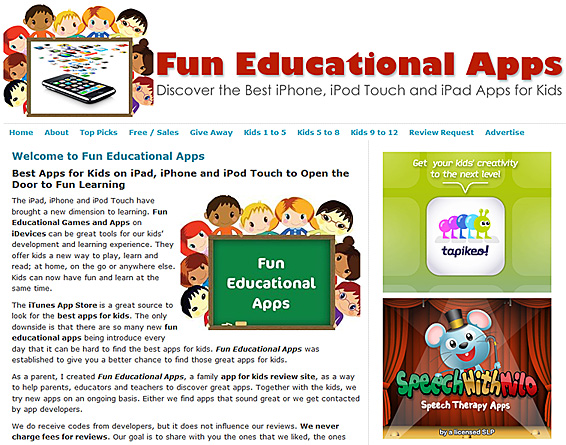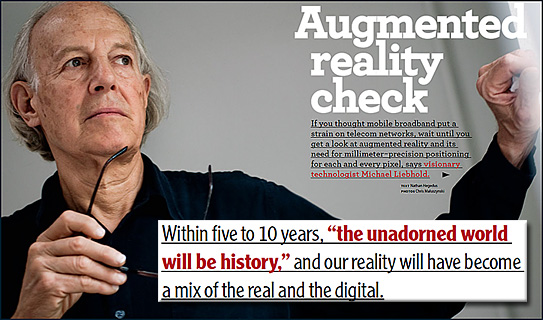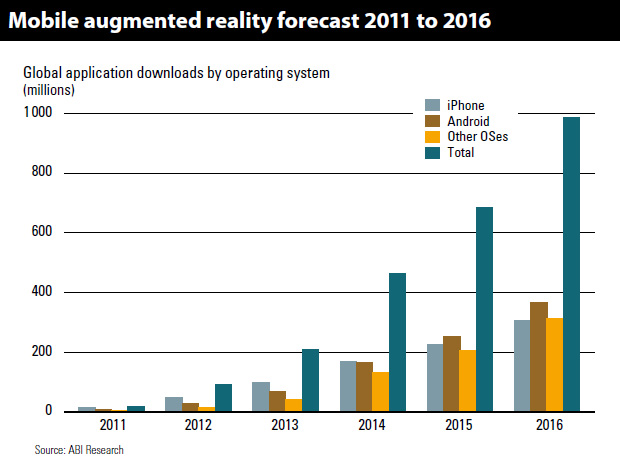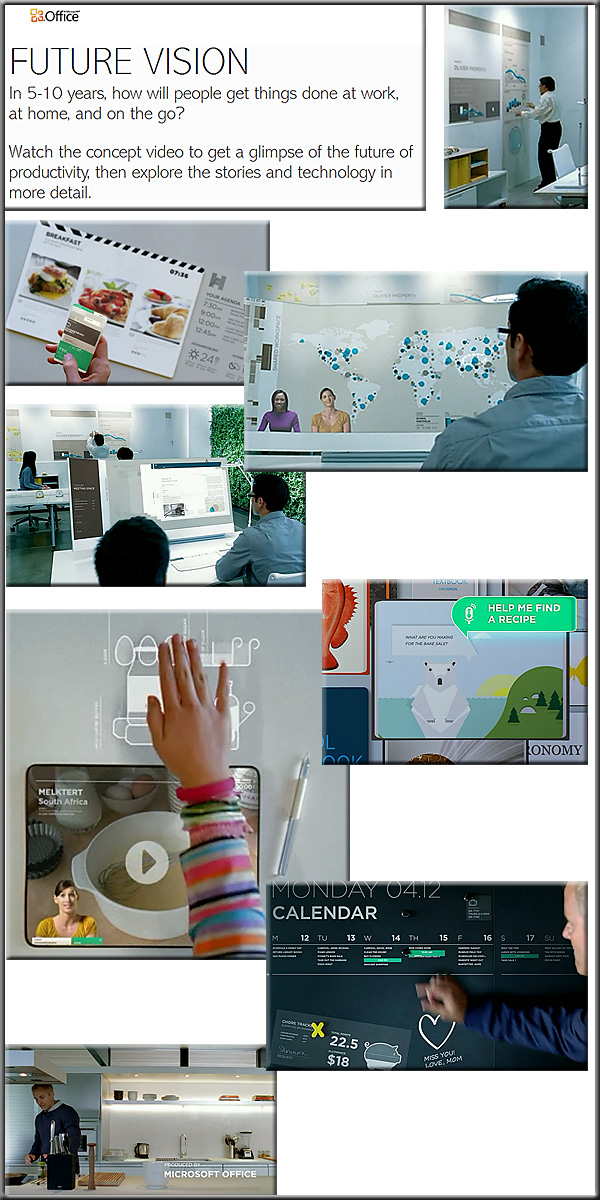The Inspiration Bookshelf — from Julie Dirksen
Here’s a solid list of resources re: books ID’s should read that seems to support the KISS principle (of which I’m a huge fan) as well as how to make learning fun and engaging.
One of the things I had while writing the book was an inspiration bookshelf. These were books that not only inspired the content of Design for How People Learn, but also the style of it. None of these are instructional design books, but they are all books that instructional designers should read…
Also see:
Educational content and learning experiences wirelessly delivered to home TV console — from marketwatch.com
Excerpt:
DALLAS, Dec. 6, 2011 /PRNewswire via COMTEX/ — Don’t touch that dial. A new variety of interactive educational content for the youngsters in the household is headed to a TV near you.
AT&T* today announced an agreement with TVTextbook to provide mobile broadband connectivity to TVTextbook’s eLearning connected device portfolio. TVTextbook (TVT) delivers high-quality K-12 curriculum that is distributed through a learning console connected to the television. Only TVTextbook leverages basic television-a product found in virtually every U.S. household-to help school districts deliver a digital education to 100% of their students. AT&T’s connectivity will bring a seamless, wireless connection between school and home.
From DSC:
Do I think this will be excellent in 2012? No. Do I think it’s innovative? Yes. Do I think it will be potentially helpful to many? Yes…and so will many apps that are coming to our living rooms in the next 1-3 years.
Also see:
From DSC:
Below are some items concerning the continued convergence of the telephone, the television, and the computer — it involves the smart/connected TV as well as human-computer-interaction (HCI)-related items. But this time, I’m focusing on a recent announcement from Microsoft.
However, I have to disagree that, given this announcement, Microsoft will now rule the living room — or at least I surely hope not. Why do I say this? For several reasons.
1) How long has Microsoft Office been around? Years and years, right? If you think that Microsoft should control your living room, I ask you to show me how I can quickly and easily insert some audio-based feedback with one easy click of a record button within Microsoft Word. Go ahead and check…such a quick and easy method is not there….still…and it’s almost 2012. (BTW, here are some resources on this if you’re interested in seeing how this could be done, but you will quickly notice that this is not a streamlined process — and it should have been so years ago.)
- http://www.addictivetips.com/microsoft-office/insert-audio-file-in-microsoft-word-2010/ (for Word 2010)
- http://www.howtogeek.com/80016/insert-audio-into-word-2007-documents-2/ (Word 2007)
- http://office.microsoft.com/en-us/word-help/insert-a-sound-HP005257344.aspx or http://resources.marshalladulteducation.org/techtips/techtip52.htm (Word 2003)
2) Performance/not doing what it’s supposed to do. My Dell PC running Windows 7 still can’t even shut itself down half the time. It just sits there with wheels-a-spinnin’ at some point…but not powering down. I’m not sure why this is the case, but I never have had trouble with this simple task on my Macs.
3) Regarding troubleshooting Microsoft’s solutions, an entire support industry has been built on supporting Microsoft’s software — go to a local bookstore and see how to get MS certified on some particular package/application/service — none of the books are thin.
4) Security has never been Microsoft’s strong point.
Bottom line:
I think you get my point. Microsoft has a loooooonnnnngggg way to go in my mind before I want their products and services controlling my living room.
With that said, I do congratulate Microsoft on being more innovative and forward thinking with the Xbox announcements mentioned below. I just hope that items such as usability, user experience, security, and streamlined interfaces are high on the list of their priorities/deliverables.
Disclosure/note:
I do use PCs with Windows a significant amount of the time and they do a nice job with many items. But if I were to assign grades to Microsoft, usability, performance, and security are not items that I would give A’s to Microsoft on.
- Introducing Engaged TV: Xbox 360 Leads The Way To A New Video Product Experience — from Forrester Research by James McQuivey
- Microsoft’s Take on Interactive TV Could Finally Hit the Mark — from minyanville.com by Carol Kopp
A free app for the Xbox could change the face of television. - Microsoft’s non-disruptive disruption — from concurrentmedia.com
- Take that, Siri: Xbox upgrade uses voice to master entertainment hub — from m&c by Andy Goldberg
- Delays Force Microsoft to Roll Out Major Xbox Update in Phases — from allthingsd.com by Tricia Duryee
- Microsoft Brings Interactive TV Spots to Xbox — from digiday.com by Mike Shields
- Microsoft aims at digital living room — from The Daily Telegraphy by Andy Goldberg
Upgrade: The Xbox 360 Slim game console.
Also:
- Microsoft’s Kinect: A robot’s low-cost, secret weapon — from cnet.com
MultiTaction turns walls into giant touch screens — from cnet.com by Jacqueline Seng
.
A maximum of 24 MultiTouch cells can be stacked together to form a ginormous touch-screen display.
(Credit: MultiTouch)
Excerpt:
MultiTouch, a Finland-based company known for its interactive display systems, has launched the MultiTaction Cell 55″. The display is supposedly the “world’s largest integrated multiuser LCD multitouch display,” which means (way) more than one person can use it at a time.
Excerpt:
A REVOLUTION IN PERCEPTION is in the air, a transformation decades in the making. It will require a radical shift in viewpoint, as the way we experience data and information revolves 90 degrees from our traditional bird’s-eye view of maps, paper and screens to a more natural cinematic vision of the real world, one overlaid with digital information virtually attached to specific places.
And while augmented reality may still be in its infancy – with smartphone viewfinders displaying floating objects that are only vaguely connected to real places – don’t let that fool you.
The changes could reach far beyond mobile broadband and potentially be as profound as the development of the World Wide Web, says Michael Liebhold of the Institute for the Future. Liebhold forecasts that within five to 10 years, “the unadorned world will be history,” and our reality will have become a mix of the real and the digital. Telecom companies need to be ready, he says, to meet the demands of networks in which we are connected right before our eyes.
.
(re)Designing Learning Spaces for a Digital World — by Steve Wheeler
Also see:
- Rethinking classroom furniture — from NBC News


















